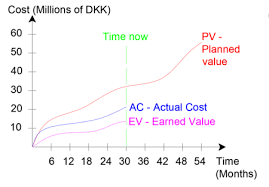Mastering Earned Value Management: A Comprehensive Guide for Project Success

Course Content
Introduction
-
Overview of the ebook
00:00 -
Importance of Earned Value Management (EVM) in project success
00:00 -
Benefits of mastering EVM
00:00